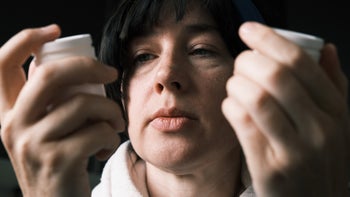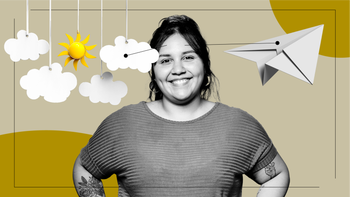
Should You Try Light Therapy for Seasonal Depression?
Key takeaways:
Seasonal affective disorder (SAD) is a type of mood change that reoccurs at certain times of year, like in the winter. It can be treated with therapy, medication, and light.
SAD light therapy involves sitting in front of a special light box, usually in the morning.
Light boxes are one of the best treatments for SAD. They may work by supporting your body’s natural sleep-wake cycle and regulating certain brain chemicals.
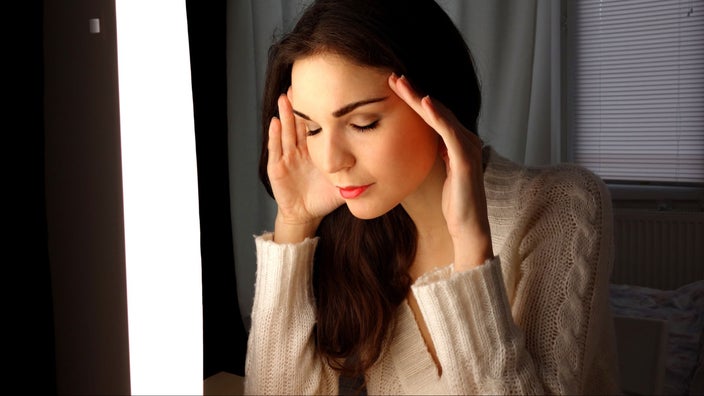
If you find yourself feeling down when the seasons change, it’s possible you could have seasonal affective disorder (SAD). The good news is that SAD is treatable. For many people with SAD, light therapy can be a safe, effective, and low cost way to improve mood and boost energy from the comfort of home.
If you’re interested in light therapy, just be sure to discuss it with your provider in advance, like any other mental health treatment.
What is light therapy?
Light therapy involves the use of a special light box, sometimes called a SAD lamp, that imitates sunlight. The goal of this therapy is to provide exposure to bright light, which may help to improve mood and boost energy for some people.
In addition to medication, therapy, and lifestyle changes, light therapy may be a great option for people with SAD. Treating SAD with light therapy is not a complicated process. It just requires you to sit or stand by the light box. You can do this while listening to music, reading, or just relaxing.
Because light therapy is a passive treatment (doesn’t require physical effort), it is a great addition to many treatment plans. For example, morning light therapy sessions can be combined with weekly therapy appointments. And it may even help other treatments, like antidepressants, work better.
What does light therapy treat?
Light therapy is most often used to treat SAD. This condition is not considered a standalone mental health disorder. Instead, it is considered a type of major depression or bipolar disorder in which symptoms happen at a certain time of year.
When you have SAD, your mood-related symptoms vary depending on the weather and changing seasons. Many people will feel more depressed in the winter compared with other seasons. But it’s also possible to experience SAD during other times of the year, including summer.
Common symptoms of SAD include:
Feeling irritable
Feeling low
Taking less pleasure in activities
Feeling guilty or worthless
Having less energy
Being tired and sleeping more
Having poor concentration
Gaining weight and craving certain foods
Is SAD light therapy effective?
Light therapy is effective, especially in people with SAD. People generally notice their symptoms improve in the first week of use. Studies suggest that around 60% of people using light therapy will see their symptoms cut in half a few days to a few weeks after starting treatment.
You can use light therapy any time of year. But it may be most valuable if:
It is fall or winter.
You live in a cloudy or rainy climate.
The days are shorter.
You aren’t exposed to much natural light.
Evidence shows that depressive symptoms tend to return a few days after light box treatment ends. You may need to continue treatment throughout a season for consistent results. Once the season changes, you may be able to end or cut back on treatment.
How should I use light therapy?
The recommended regimen for light therapy varies based on a person’s symptoms. You could see a benefit from 30 minutes of light each morning. Others may need several hours of light therapy to get the desired result.
Here are some tips for using your light box:
Set up the light box at eye level, about 2 feet from your face.
Direct the light toward your face. It’s okay if the light shines at an angle.
Keep your eyes open, but don’t stare directly into the light.
For best results, use your light box every morning. Some people also find it helpful to use it at night, but that can make it harder for you to fall asleep. Be sure to talk to your provider about what pattern makes the most sense for you.
Why does light therapy work?
Experts are not exactly sure how light therapy works. Many believe the benefit stems from the ability of light therapy to counteract seasonal changes on the body.
Some people believe that the symptoms of SAD develop because the body’s natural circadian rhythm (body clock) no longer matches clock times. (This could be due to factors like daylight saving time and shorter days in the fall and winter.) It’s thought that light therapy can help reset the body’s rhythms to better match the seasons. And when your body rhythms better match the environment, you may have fewer depressive symptoms.
Other people believe that SAD is caused by seasonal changes in the levels of an important brain chemical called serotonin. Serotonin helps regulate your mood and sleep and may play a role in depression. Light therapy may help increase the available serotonin in the brain and, in turn, lower the risk of depressive symptoms.
Are there side effects of using light therapy?
Like many other treatments for SAD, there are some side effects of light therapy. Luckily, these side effects are not common. When they do appear, most are mild and short term.
Possible side effects of light therapy include:
Strain on the eyes
Dry eyes
Poor sleep
Nausea
Diarrhea
Be sure to choose a light box that filters out ultraviolet (UV) light, as these rays can be harmful to your skin and eyes. As long as the light box is being used as designed, you will avoid skin and eye damage.
Keep in mind: In people with bipolar disorder, light therapy could become too activating and trigger a manic episode or hypomanic episode. If you have a history of mania, be sure to talk to your healthcare provider before using therapy light.
Who might not benefit from light therapy?
Light therapy may not work for everyone. While you don’t need a prescription to use light therapy, you should still check with your mental health provider and medical provider. They can determine if the light’s impact on your eyes could be an issue.
Light box therapy may not be best if you:
Take medications that increase your sensitivity to light
Have an eye condition, like macular degeneration
Have diabetes, which can lead to eye problems
Your providers can help you weigh the benefits and risks of light therapy. They may even be able to give you recommendations on how to make the treatments more effective and help you choose a light box that is safest for your medical conditions.
How do I choose a SAD lamp?
Always consult with your treatment team when picking a light box, or SAD lamp. Light boxes are not regulated by the FDA, so there is no set standard for the devices.
The lamp you choose should be specifically designed for light therapy. Be cautious of cheap or poorly built light boxes. They may not offer the power or type of light that makes a difference for your symptoms. Using the wrong bulbs, lamps, or light sources may lead to a lack of results or unwanted side effects.
10,000 lux brightness for standard 30-minute sessions
2,500 lux brightness for alternative 1- to 2-hour treatments
Full-spectrum light
A filter to block out harmful UV rays
The bottom line
Light therapy can be a safe, effective complement to other treatments for seasonal affective disorder (SAD). By sitting in front of a bright light for a short time, you may be able to improve your mood, energy, and motivation — and drive back those winter blues. If you’re interested in testing the benefits of a light box, talk to your treatment team to find out what might work best for you.
Why trust our experts?

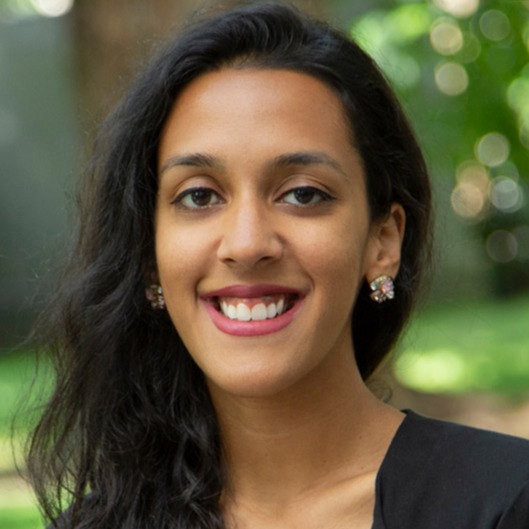
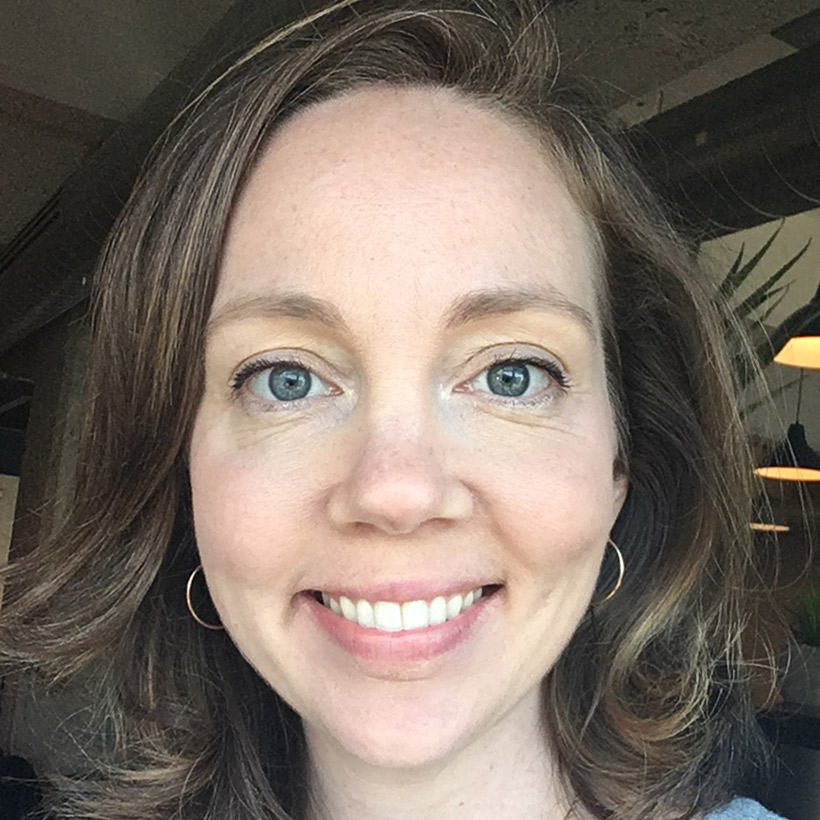
References
Campbell, P. D., et al. (2017). Bright light therapy: seasonal affective disorder and beyond. Einstein Journal of Biology and Medicine.
Maruani, J., et al. (2019). Bright light as a personalized prevision treatment of mood disorders. Frontiers in Psychiatry.
MedlinePlus. (2019). Seasonal affective disorder.
National Health Services. (2022). Treatment - Seasonal affective disorder (SAD).
Penders, T. M., et al. (2016). Bright light therapy as augmentation of pharmacotherapy for treatment of depression: A systematic review and meta-analysis. The Primary Care Companion.
Virk, G., et al. (2009). Short exposure to light treatment improves depression scores in patients with seasonal affective disorder: A brief report. International Journal on Disability and Human Development.
For additional resources or to connect with mental health services in your area, call SAMHSA’s National Helpline at 1-800-662-4357. For immediate assistance, call the National Suicide Prevention Lifeline at 988, or text HOME to 741-741 to reach the Crisis Text Line.


